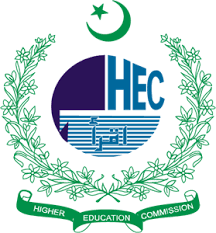Geographical Information System Mapping of Existing Cellular Towers Infrastructure in Quetta City Centre, Pakistan
DOI:
https://doi.org/10.59075/jssa.v3i1.207Keywords:
Existing Cellular Towers (EMF), GIS, remote sensing, Quetta, BalochistanAbstract
Smart devices have become ubiquitous, forcing top communication providers to develop increasingly sophisticated transmission mechanisms to keep up with the demand. Mobile towers not only contain antennas and base transceiver stations but also repair communication links for users using Electro-Magnetic Field, Radiation (EMF-R). The telecom sector has advanced tremendously over the past decade. Such profligate growth in EMF-R requires to be investigated if they are operating under safe protocols i.e., distance between radiation range and population. Therefore, this study aimed to investigate the quantity of cell phone towers allocated in residential and commercial zones and if its operating under permissible levels (EMF-R) in the city center, Quetta district, Baluchistan. A Geographic Information System (GIS) was used for the demarcation of the base stations (n = 27). The total area under study was 5.75 km2 consisting of mixed activities (residential and commercial). EMF-RF was monitored through an Acoustimeter (Model: AM-10-RF) at 30m, 50m, and 300m. According to the previous studies, no residential activity should be present within 300m of the tower, whereas, the current study revealed that residential activities lie within a 30m radius of the tower. The peak E-Field Exposure readings in each radius. The readings in 30m and 50m are significantly beyond the FCC regulations, as the standard states that the reading should not be greater than 2 V/m in 300m. Many people are ignorant of the health concerns posed by cell phones and cell tower radiation because they do not use or have never used one. Cell phone firms maintain there are no health risks. However, other countries have adopted radiation regulations that are 1/100th to 1/1000th of these values based on their findings. The tower should be built at a distance of 300m from any residential or business activity. Use shielding materials to limit cell tower radiation. I suggest EMF-blocking paint and silver mesh drapes. The most cost-effective method is to simply shield your home's vital regions. Installing EMF-blocking canopies around your mattresses or filling your walls with conductive materials could help.
Downloads
Published
How to Cite
Issue
Section
License
Copyright (c) 2025 Journal for Social Science Archives

This work is licensed under a Creative Commons Attribution 4.0 International License.



